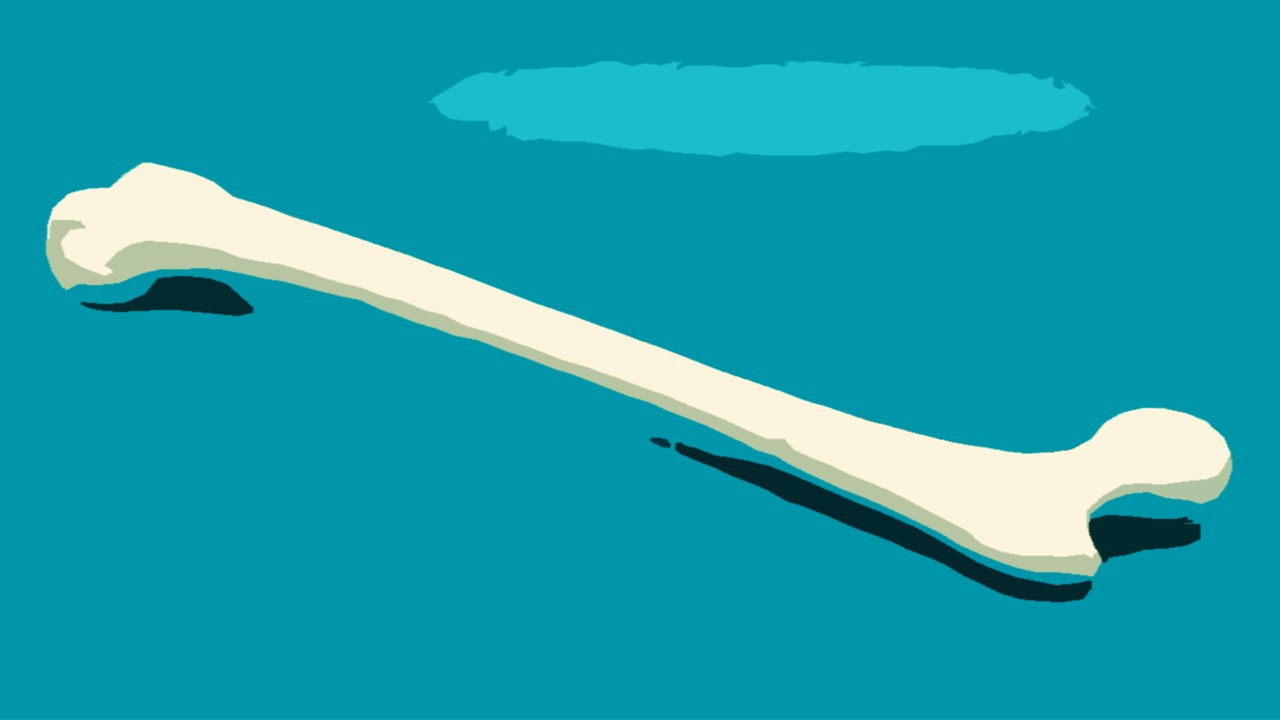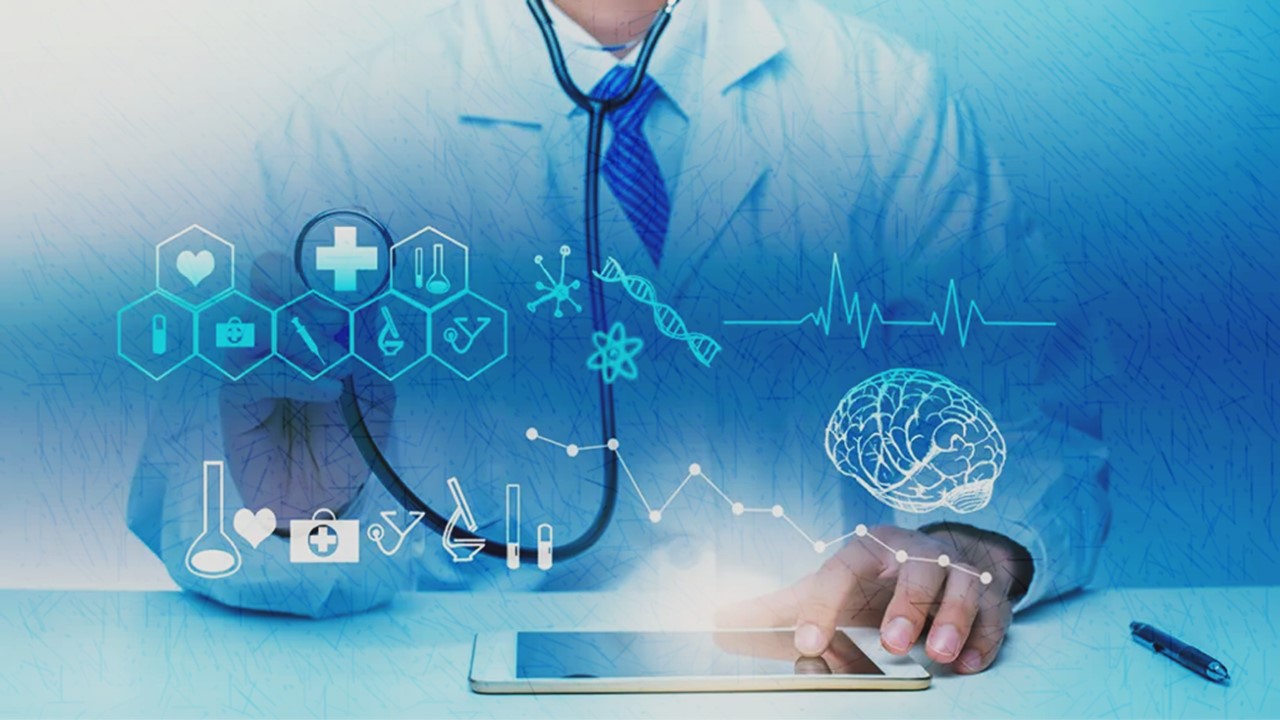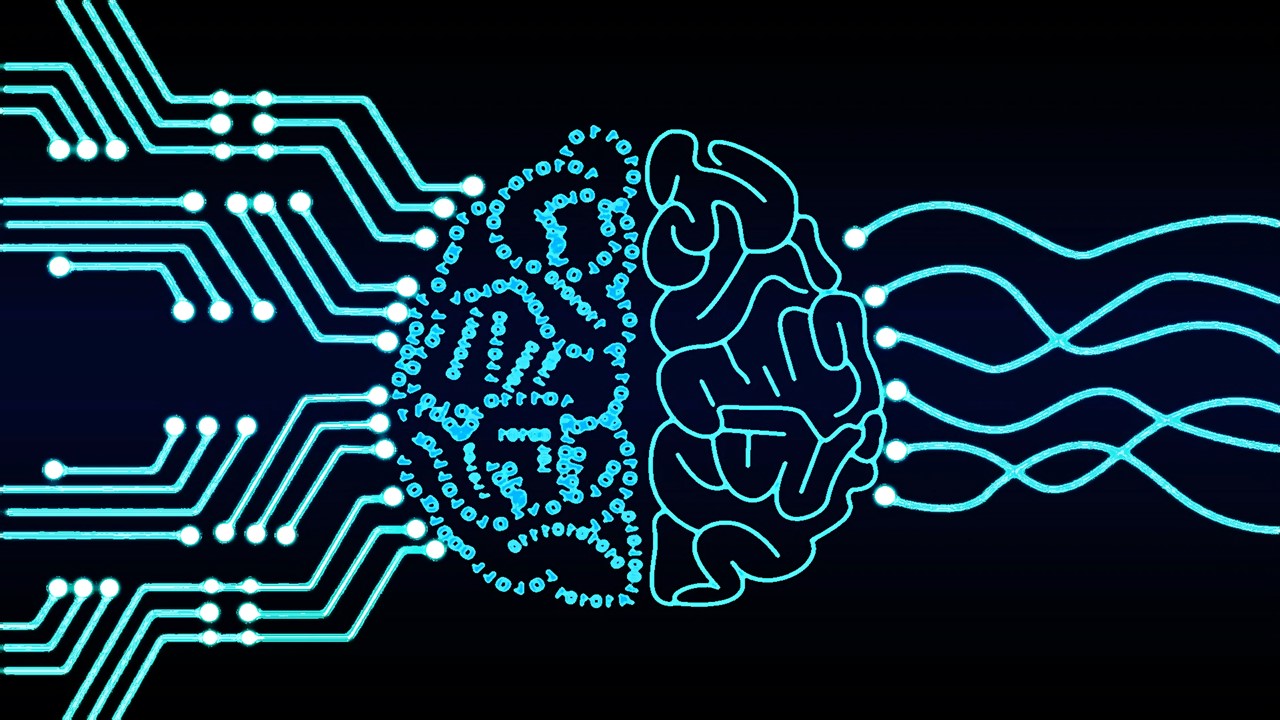In the ever-evolving landscape of healthcare, the quest for deeper insights and more precise interventions remains paramount. Amidst this pursuit, unsupervised learning emerges as a powerful tool, offering the promise of uncovering hidden structures within data. Unlike supervised methods that target specific outcomes, unsupervised learning operates in a more exploratory fashion, aiming to reveal underlying patterns and relationships. In this article, we delve into the realm of unsupervised learning within the healthcare domain, exploring its applications, challenges, and potential impact.
Clustering: Illuminating Patient Profiles
At the heart of unsupervised learning lies clustering, a method that partitions data into distinct groups based on similarities. In healthcare, clustering holds immense potential, particularly in elucidating diverse patient profiles within specific disease cohorts. Imagine, for instance, leveraging electronic medical record (EMR) data to cluster patients with a certain disease type, unraveling nuanced differences in demographics, comorbidities, and treatment responses.
Two prominent clustering methods, K-means and hierarchical clustering, stand out for their versatility and effectiveness. K-means employs a heuristic approach to assign data points to clusters, while hierarchical clustering constructs a hierarchical tree structure based on the proximity of observations. These methods serve as indispensable tools in the quest to uncover meaningful patterns within healthcare data.
Interpreting Clusters: Bridging the Gap
While clustering unveils intriguing groupings within data, the challenge lies in deciphering the significance of these clusters. How do we discern the distinguishing features of each group? Traditional approaches, such as examining the mean and variance of features across clusters, provide some insights but may fall short in complex datasets.
To address this gap, advanced techniques have emerged, including the integration of multiclass classification models. By treating cluster assignments as target outcomes, these models illuminate the predictive pathways leading to cluster membership. Moreover, recent advancements in clustering methodologies aim to directly construct interpretable clusters, offering a more intuitive understanding of complex data structures.
Clinical Data Sources: The Bedrock of Insights
Central to the application of unsupervised learning in healthcare are diverse clinical data sources, each offering unique insights into patient care and outcomes. Chief among these is the EMR, a treasure trove of patient-level data encompassing demographics, medical history, treatment regimens, and outcomes. With its structured format and longitudinal perspective, EMR data provide a fertile ground for mining insights at scale.
Yet, the richness of clinical data extends beyond EMRs, encompassing diverse sources such as genomic data and medical imaging. Genomics, propelled by advances in sequencing technologies, offers unparalleled insights into genetic variations and disease mechanisms. Similarly, medical imaging, powered by computer vision and deep learning algorithms, unlocks invaluable information from radiology scans and pathology slides, revolutionizing diagnostic accuracy and treatment planning.
Challenges and Future Directions
Despite its promise, unsupervised learning in healthcare is not without its challenges. The dimensionality of data, the integration of diverse sources, and the need for robust interpretation pose formidable hurdles. Moreover, ensuring the ethical and responsible use of algorithms in clinical practice remains a critical imperative.
Looking ahead, the future of unsupervised learning in healthcare holds boundless potential. From personalized treatment strategies to population health management, the insights gleaned from unsupervised methods promise to revolutionize patient care and healthcare delivery. By embracing innovation, collaboration, and a steadfast commitment to patient-centricity, we embark on a transformative journey towards a data-driven healthcare paradigm.
Embracing Innovation
Unsupervised learning in healthcare heralds a new era of discovery and innovation. Through techniques like clustering and other unsupervised methods, we delve into the complexities of patient data, revealing profound insights that inform clinical choices and influence the trajectory of medical practice. As we navigate the intricacies of data-driven healthcare, let us fully embrace the potential of unsupervised learning to illuminate a pathway toward enhanced patient outcomes and refined healthcare delivery.
Engr. Dex Marco Tiu Guibelondo, B.Sc. Pharm, R.Ph., B.Sc. CpE
Editor-in-Chief, PharmaFEATURES

Subscribe
to get our
LATEST NEWS
Related Posts

AI, Data & Technology
Precision in Three Dimensions: A Novel Approach to Tumor Resection and Reconstruction of the Femoral Trochanter
The integration of digital modeling and personalized guides into the surgical workflow transforms the execution of tumor resection and reconstruction.

AI, Data & Technology
Blueprint for the Future: Establishing Rigorous Standards for Medical AI Data
Medical AI requires not just vast datasets but datasets of impeccable quality.













